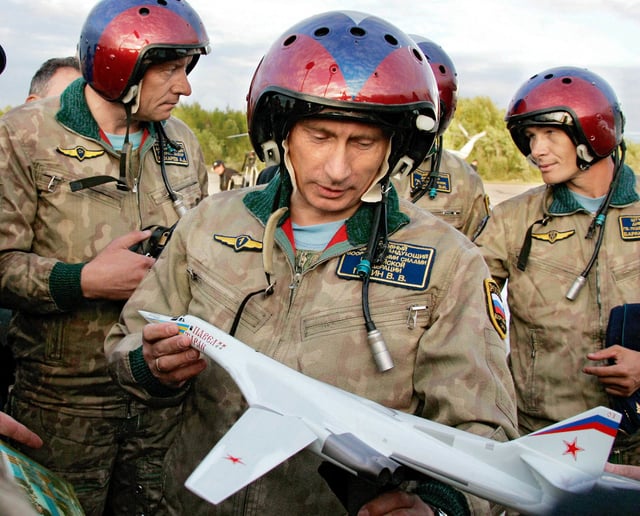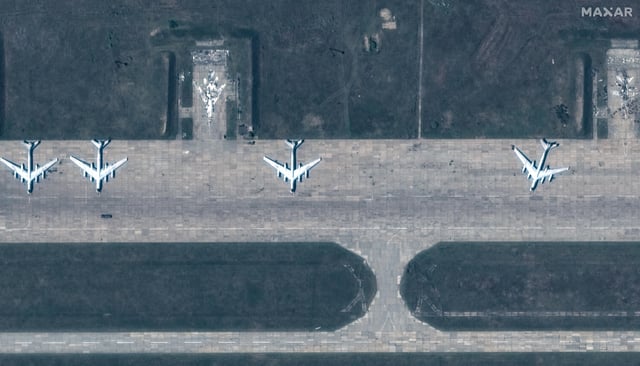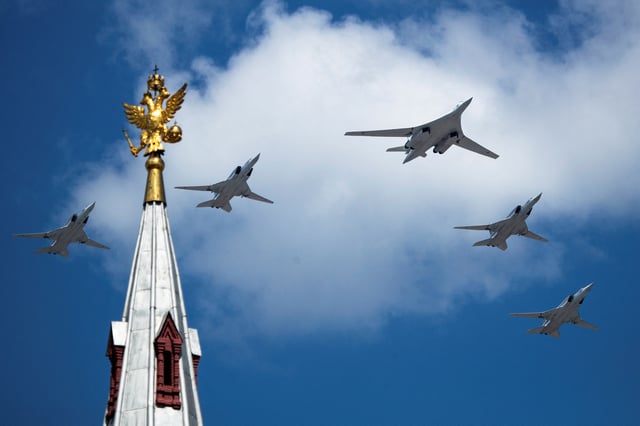Overview
- Western experts say Russia will need years to replace Tu-95MS and Tu-22M3 bombers damaged in Ukraine’s 'Spider’s Web' drone operation.
- Satellite imagery reveals extensive destruction at Siberian and Far North airfields, with several nuclear-capable aircraft burned out.
- U.S. officials estimate up to 20 warplanes were struck and about 10 destroyed, despite Moscow’s denial of any losses.
- Russian military bloggers report serious damage to roughly a dozen bombers and accuse commanders of negligence.
- Stalled PAK DA bomber development and sanctions-induced component shortages hinder any rapid rebuilding of Russia’s long-range aviation fleet.



